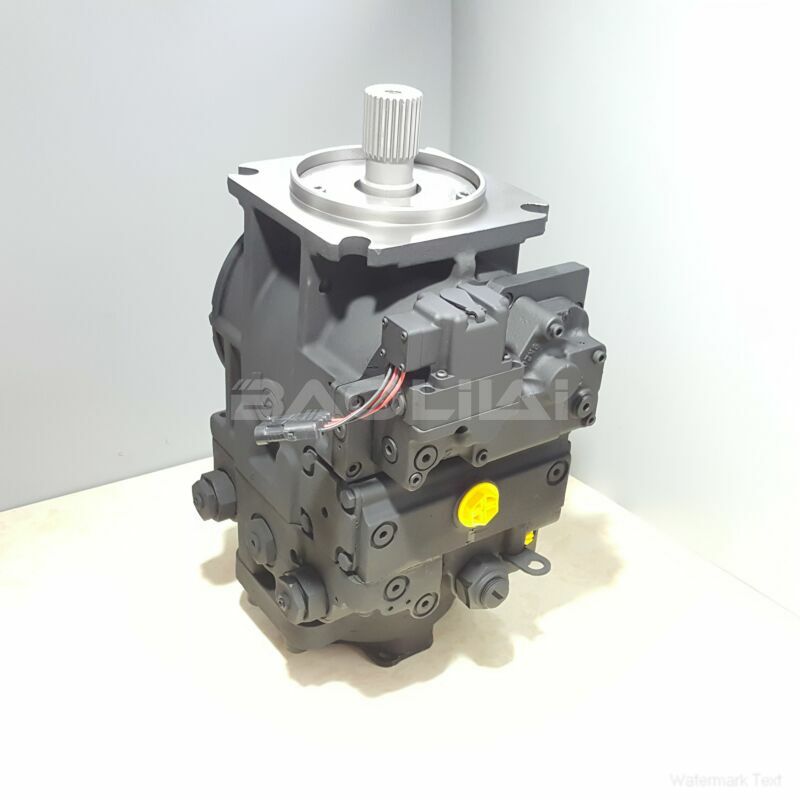90R100KA5CD60L4C7F03GBA353524 high pressure pump
90R100KA5CD60L4C7F03GBA353524 high pressure pump

- Product Details
- Applicable Scene
The plunger pump, a crucial component in various industrial applications, has undergone significant transformations since its inception. From simple mechanical devices to highly sophisticated machinery, the evolution of plunger pump design has been driven by advancements in technology, materials, and an increasing demand for efficiency and reliability in fluid handling.
90-R-100-KA-5-CD-60-L-4-C7-F-03-GBA-35-35-24
90R100KA5CD60L4C7F03GBA353524
In the early 20th century, plunger pumps were primarily operated by hand or through basic mechanical means. These pumps often consisted of a metal cylinder with a manually driven plunger, making them labor-intensive and less efficient. The materials used were typically heavy and susceptible to corrosion, which limited their lifespan and effectiveness in demanding environments. However, their simplicity allowed for easy maintenance and repair, making them popular for small-scale applications.

83047416
As technology progressed into the mid-20th century, the introduction of electric motors marked a significant turning point in plunger pump design. This innovation provided a consistent power source, enabling pumps to operate at higher speeds and efficiencies. Additionally, advancements in materials, such as the introduction of stainless steel and specialty alloys, improved the durability and corrosion resistance of pump components. These changes allowed plunger pumps to be used in more demanding applications, particularly in the oil and gas industry, where the need for reliable fluid transfer became paramount.
The 1980s and 1990s witnessed the rise of computer-aided design (CAD) and finite element analysis (FEA), which revolutionized the way plunger pumps were engineered. These tools enabled engineers to create more complex and optimized designs, improving the performance characteristics of plunger pumps significantly. Furthermore, the development of advanced sealing technologies and coatings has reduced wear and tear on critical components, thereby enhancing the longevity and reliability of pumps in a variety of settings.





